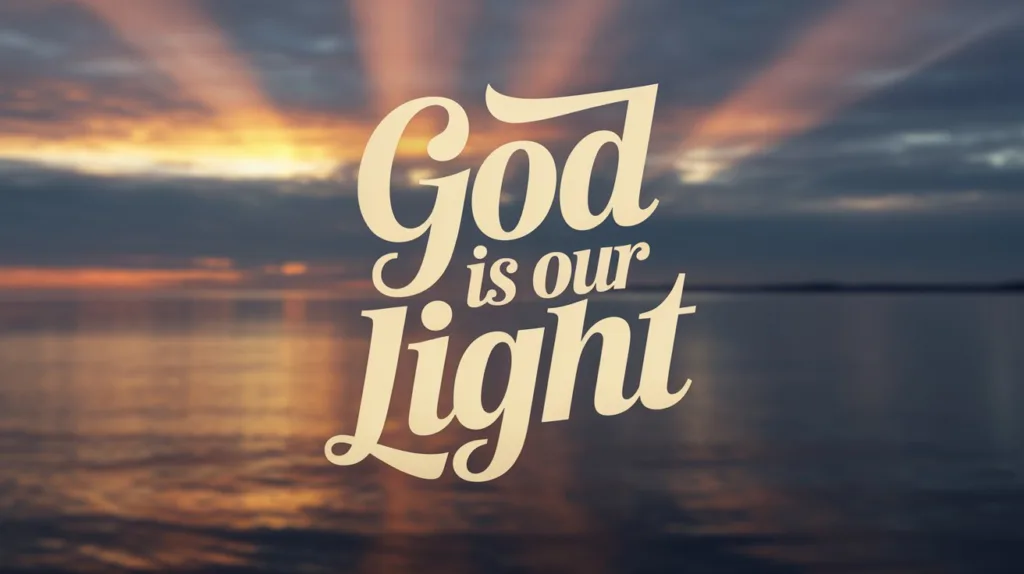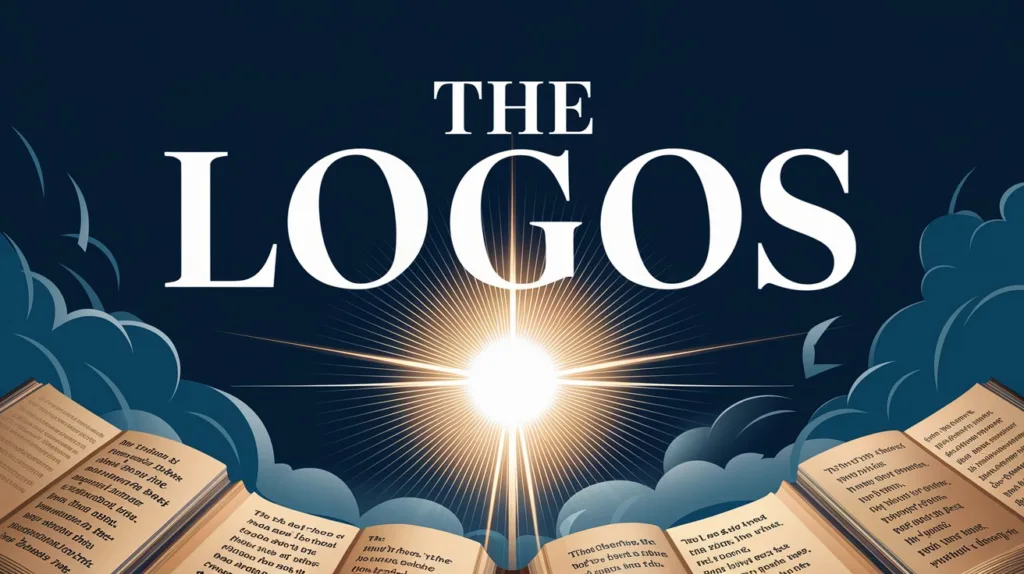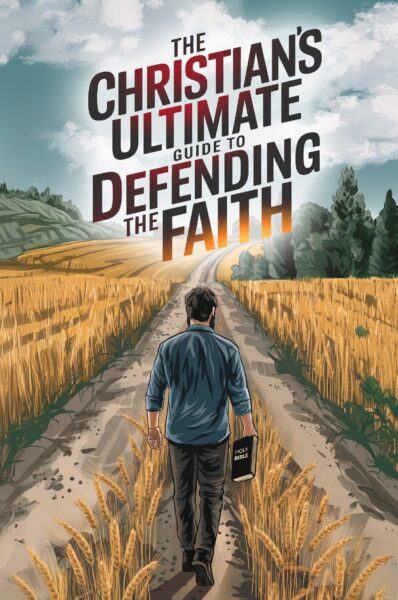We are going study the account of Noah, the ark he built, and the flood that reshaped the world. This is no mere story or myth; it is a historical account of a real man, a global flood, and God’s incredible plan for redemption. Let’s explore this in light of Scripture and the truth it reveals.
Noah: A Real Man, A Real Task
Noah was not a mythical figure or a symbolic archetype; he was a real man who lived in a time when humanity had reached the depths of corruption. Genesis 6:9 tells us, “Noah was a just man, perfect in his generations. Noah walked with God.” This perfection in his generations does not imply sinless perfection, for all have sinned (Romans 3:23), but rather that Noah’s lineage had not been corrupted like the rest of humanity.
What had corrupted humanity? Genesis 6:1-4 describes how the “sons of God” (bene Elohim) took daughters of men as wives, resulting in the Nephilim. This is a deeply mysterious passage, but it seems to describe fallen angels intermingling with humans, creating hybrid beings and corrupting all flesh (Genesis 6:12). The Book of Enoch, while not Scripture, offers historical insights that echo this understanding, describing the sins of these angels and their impact on creation.
In this context, Noah stood as a beacon of righteousness (a man who loved and honored God when the world around him was consumed by evil).
The Global Flood: A Judgment on All Flesh
The flood was not a regional event, as some skeptics suggest. Genesis 7:19-20 is explicit: “And the waters prevailed exceedingly on the earth, and all the high hills under the whole heaven were covered. The waters prevailed fifteen cubits upward, and the mountains were covered.” This was no localized event; it was global, affecting every living thing on earth except for those preserved in the ark.
Why such a severe judgment? Genesis 6:5 declares, “Then the LORD saw that the wickedness of man was great in the earth, and that every intent of the thoughts of his heart was only evil continually.” All flesh, both human and animal, had been corrupted. The flood was God’s righteous judgment against a world that had utterly rejected Him.
The Construction of the Ark and Gathering of Animals
God gave Noah precise instructions for the ark’s construction. In Genesis 6:14-16, we read about the dimensions: 300 cubits long, 50 cubits wide, and 30 cubits high. This massive structure, approximately the size of a modern cargo ship, was designed to withstand the catastrophic waters. It was not a fragile boat but a sturdy vessel built to preserve life.
Noah did not gather every species of animal but rather one pair of every kind (Genesis 6:19-20). The term “kind” is broader than species, aligning more with families or categories of animals. This would have made the task of housing and caring for them feasible.
When God instructed Noah about the animals to bring onto the ark, He distinguished between clean and unclean animals. Genesis 7:2-3 says, “You shall take with you seven each of every clean animal, a male and his female; two each of animals that are unclean, a male and his female.” The clean animals, brought in greater numbers, would later be used for sacrifices to God (Genesis 8:20) and possibly for sustenance. This distinction, made long before the Mosaic Law, shows that God’s principles of holiness and worship were already in place. It also highlights His provision for both the spiritual and physical needs of Noah’s family during and after the flood.
The animals did not need to be chased or gathered by Noah; God Himself brought them to the ark. Genesis 6:20 states, “Of the birds after their kind, of animals after their kind, and of every creeping thing of the earth after its kind, two of every kind will come to you to keep them alive.” This miraculous gathering demons/”>demonstrates God’s sovereignty over creation and His active role in preserving life through the flood.
God’s Timing and Foreshadowing the Rapture
Once the ark was completed, Noah and his family entered it. Genesis 7:10 tells us, “And it came to pass after seven days that the waters of the flood were on the earth.” God brought Noah into the ark and shut him in (Genesis 7:16). This is a powerful picture of God’s protection for His people. Just as Noah and his family were spared from judgment, so too will believers be spared in the coming rapture (1 Thessalonians 4:16-17). The seven days before the flood can be seen as a foreshadowing of the rapture, followed by the seven years of tribulation before the final judgment.
The Sealing of the Ark and God’s Justice
The door of the ark was no ordinary door; given the size of the ark, it was likely massive, far too large for Noah and his family to close on their own. Yet Scripture tells us that it was God who shut them in. Genesis 7:16 declares, “So those that entered, male and female of all flesh, went in as God had commanded him; and the LORD shut him in.” This act is deeply symbolic. It shows that salvation is ultimately the work of God (He secures His people and ensures their safety). The shutting of the door also signifies the finality of judgment. Once the door was closed, no one else could enter, just as in the last days, the opportunity for salvation will not remain open forever. This moment serves as a powerful reminder of God’s mercy and justice.
The Raven and the Dove
The account of the raven and the dove in Genesis 8 carries profound symbolic meaning. Noah first sent out a raven, which did not return (Genesis 8:7), signifying its contentment with the death and decay that remained outside the ark. Ravens are often associated in Scripture with uncleanliness and worldly provision, as seen when God used ravens to feed Elijah in the wilderness (1 Kings 17:4-6), demonstrating provision in the midst of desolation. In contrast, the dove (later sent by Noah) returned with an olive leaf, symbolizing peace and new life (Genesis 8:11). Doves are frequently tied to purity, peace, and the presence of the Holy Spirit, as seen in Matthew 3:16, when the Spirit of God descended like a dove upon Jesus at His baptism. This stark contrast reflects the dual realities of the world: the unclean and corrupt symbolized by the raven, and the peace, renewal, and divine presence embodied by the dove.
The Duration of the Flood
Noah and his family were in the ark for over a year (Genesis 7:11, Genesis 8:14-16). This was not a quick ordeal; but God sustained them throughout. His provision is always sufficient, even in the longest trials.
The Days of Noah and the End Times
Jesus Himself affirmed the historicity of Noah and the flood, saying, “But as the days of Noah were, so also will the coming of the Son of Man be” (Matthew 24:37). Just as wickedness filled the earth in Noah’s time, so too will it in the last days. There is also the possibility that the intermingling of fallen angels with humanity could happen again, as some believe this explains the rise in so-called “alien” activity. These beings are not extraterrestrial but spiritual (fallen angels continuing their rebellion against God).
Noah’s Faith and Obedience
Hebrews 11:7 commends Noah’s faith: “By faith Noah, being divinely warned of things not yet seen, moved with godly fear, prepared an ark for the saving of his household.” Noah loved God and obeyed Him, even when the task seemed impossible. He trusted in God’s Word and acted on it.
My Final Thoughts
After the flood, God made a covenant with Noah, promising never again to destroy the earth with water (Genesis 9:11). The rainbow is a sign of this covenant: a reminder of God’s mercy and faithfulness.
Let us, like Noah, walk with God in a world that grows increasingly dark. The ark of salvation is found in Christ alone, and the time to enter is now. As Noah’s story shows, God is both just and merciful, offering a way of escape for those who trust in Him.





 Get the book that teaches you how to evangelize and disarm doctrines from every single major cult group today.
Get the book that teaches you how to evangelize and disarm doctrines from every single major cult group today.